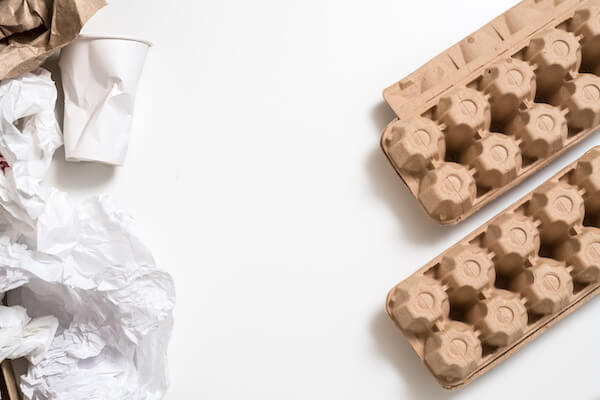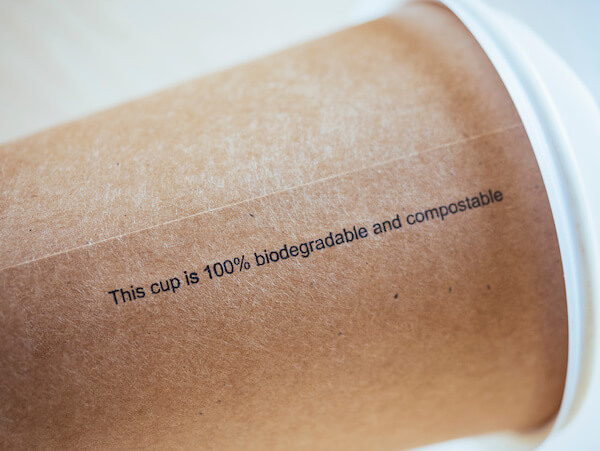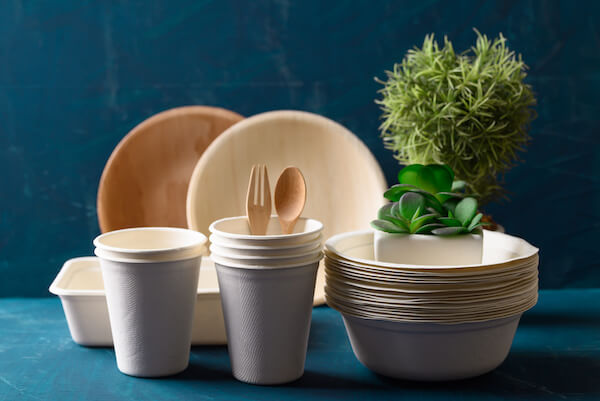By Sam Smith
June 27th 2022
Biodegradable and compostable packaging are two terms that get used a lot when talking about eco-friendly options, and knowing the difference can help you to narrow down what works for you. With sustainable packaging big news right now, it helps to understand how to make the best choices.
What is compostable packaging?
Compostable packaging refers to packaging that can be broken down into elements that won’t cause harm to the environment and can be turned into compost. This process can then go on to produce water, biomass, and inorganic compounds, and won’t leave a negative imprint in its wake.
Compostable products are great as they have a small carbon footprint and can be broken down fast. However, you do need to have the right conditions set up for this to work or you need to send your compostable products to a compost facility.

Pros & cons of compostable packaging
Pros
- Has a small carbon footprint
- Can break down fast
Cons
- Needs the right conditions
What is biodegradable packaging?
Biodegradable packaging is packaging that will naturally break down as a result of naturally occurring organisms, for example fungi, bacteria, algae, and other natural forms of degradation.
The word ‘bio’ means life, and degradable means to break down – so with these products, nature has its way and will break them down in due course. However, while it’s a natural process, it can take much longer to break down. Some products will take months and others can take years.

Pros & cons of biodegradable packaging
Pros
- A fully natural process
Cons
- Can take longer to break down
Biodegradable vs. compostable packaging – which is better?
When it comes to choosing between biodegradable and compostable packaging, you probably want to know which is better. The truth is that ‘better’ in this case is relative to where you live and what access you have.
If you have access to good recycling facilities or a compost processing plant, then that may be the best option for you. But if you don’t have these things in close proximity then you may be best opting for biodegradable.

Positive change can come from swapping out your packaging choices (where possible) for paper, cardboard, and anything that can be reused, recycled, composted, or biodegraded. Here are five quick tips to keep in mind when choosing your sustainable packaging options.
- Buy compostable if you have facilities close by or if the material can be composted at home
- Buy biodegradable and add it to your recycling pile
- Recycle your packaging wherever you can
- Try and minimise or simplify your packaging choices as much as possible
- Ask your packaging supplier about their environmental ethos to ensure you are on the same page
Buy sustainable packaging from Smith Packaging
At Smith Packaging, we take our environmental duty very seriously, which is why we always look towards sustainable and eco-friendly options when it comes to our products.
From easily recyclable cardboard boxes to poly mail bags made from recycled materials and eco packing peanuts produced from plant starch that can be composted, we have the full spectrum of eco-friendly compostable and biodegradable packaging to keep your carbon footprint as light as can be.